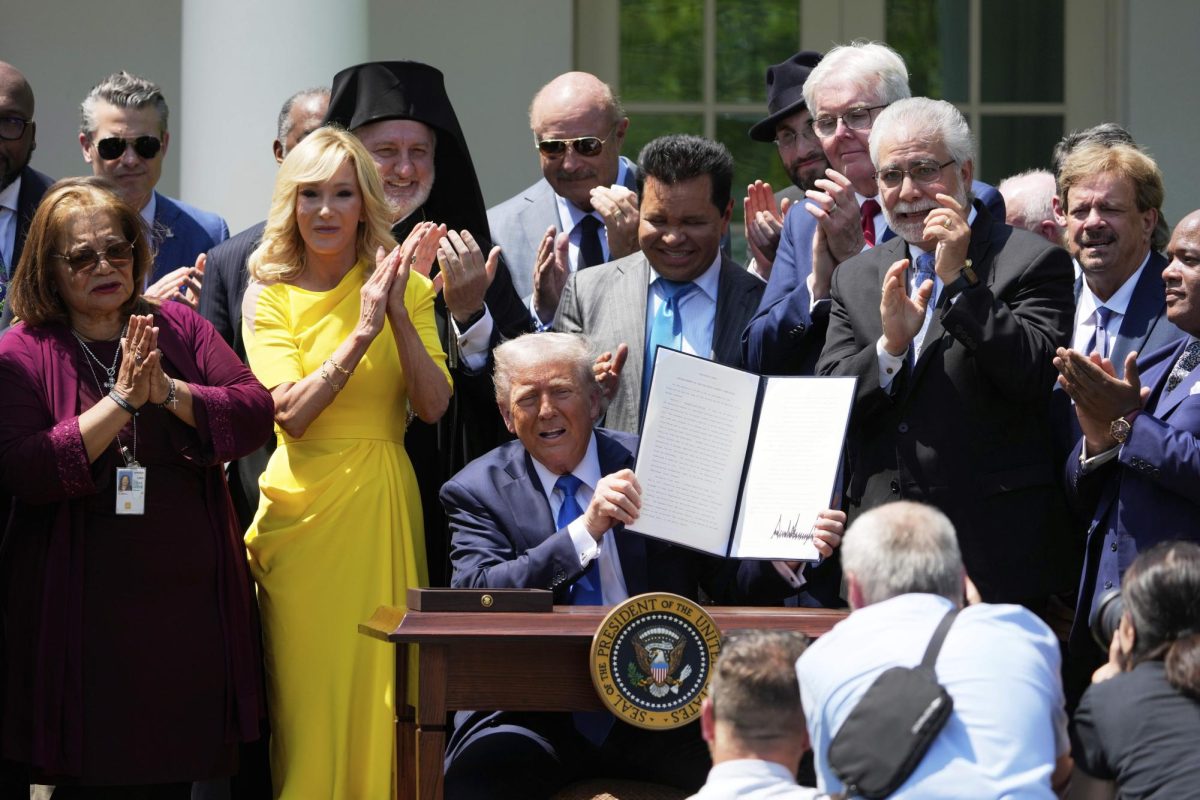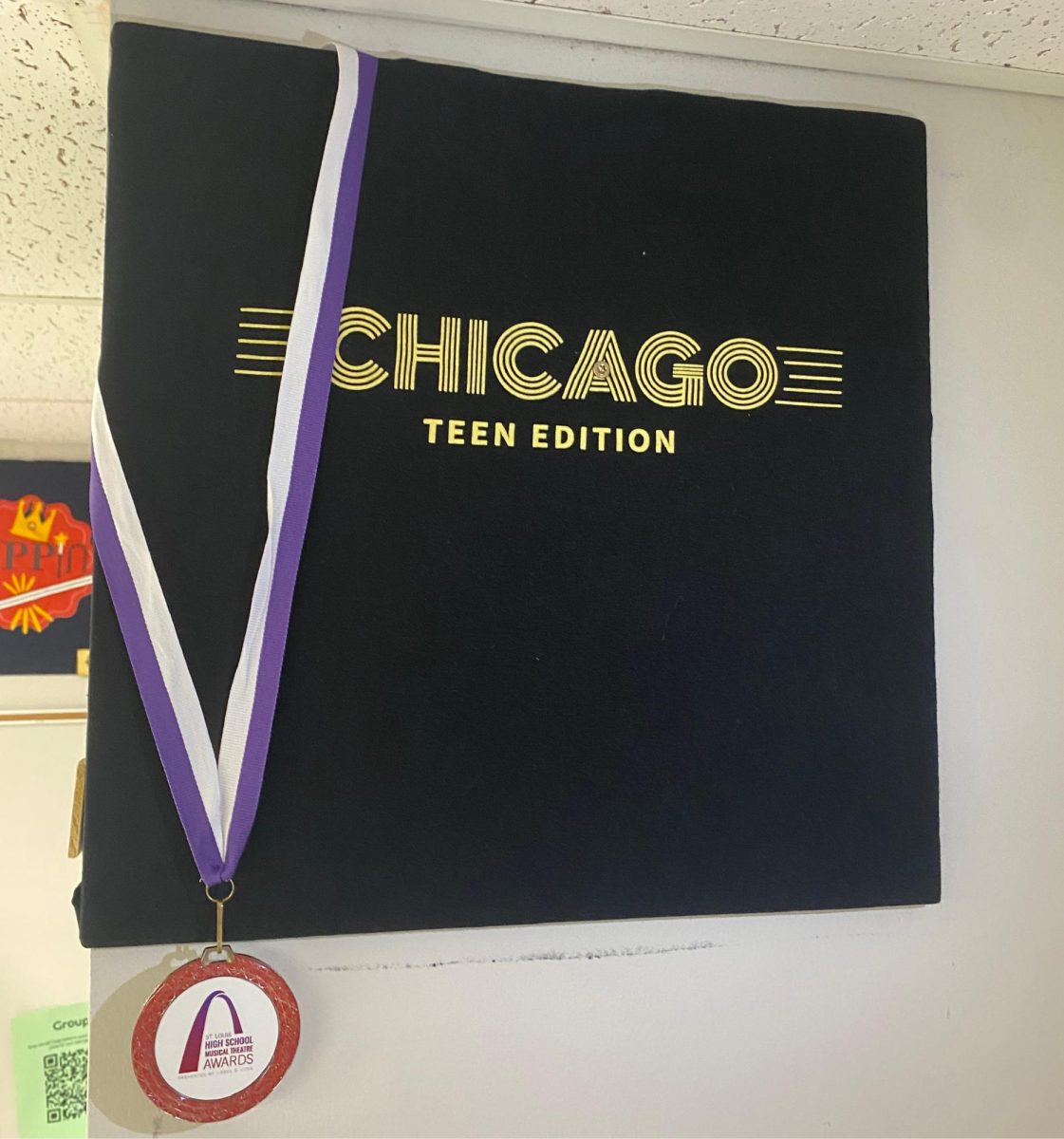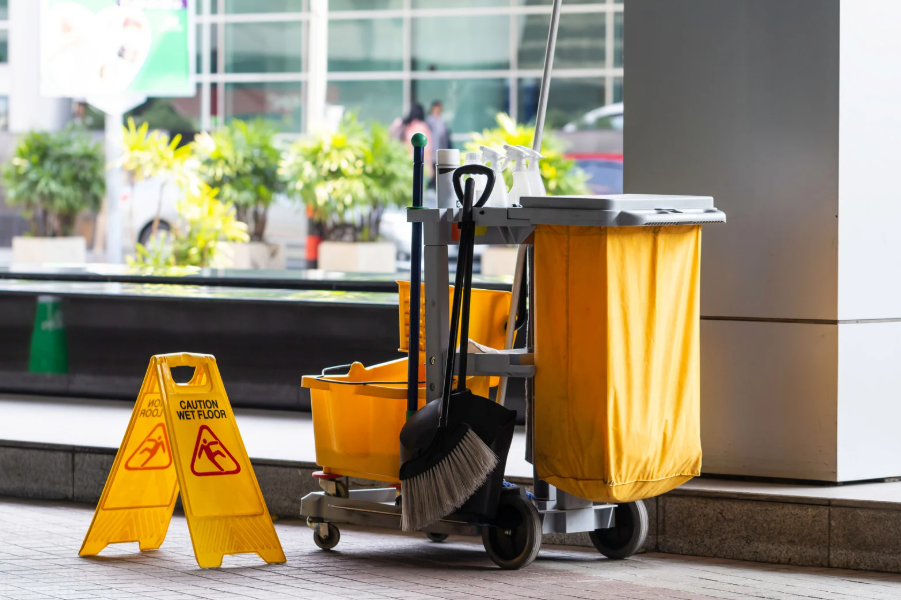Vaccine Rollouts Lead to Serious Questions
January 8, 2021
America has vaccinated 4.8 million people as of Jan. 6, with 207,000 being Illinois citizens as of Jan. 5 according to Gov. J.B Pritzker. While the Trump administration promised 20 million vaccinated by the end of 2020, the distribution process proves to be as challenging as obtaining the vaccine.
Officials like President Trump and Mayor Eric Garcetti of Los Angeles fault different reasons for the slow vaccine rollout.
Garcetti said on the CBS program “Face the Nation” that poor planning by the Trump Administration is to blame.
President Trump said in a tweet on Jan. 1 that the states are at fault for slow distribution “despite successful and very large scale distribution of vaccines by the Federal Government.” The federal government has distributed 17 million doses but it is up to the states to administer them according to President Trump’s tweet on Dec. 31.
Senior Ruth Prenzler believes that the authorities are doing all they can to distribute it as fast as possible.
“I don’t think there is a need to be hasty. I think we will be OK by the time it is widely accessible,” Prenzler said.
As far as who is getting the vaccine, senior Jordyn Ginestra believes “it is going to the right people first as fast as possible.”
“I just think as we get into younger groups of people, we need to make it mandatory,” Ginestra said. “It’s science, not a government experiment.”
But distribution plays only one part in the problem.
Even though two doses of either vaccine are 94%-95% effective according to clinical studies, 39% of Americans will not or maybe not take the vaccine according to Pew Research.
With Americans doubting the vaccine’s legitimacy, public figures such as President-elect Joe Biden, Vice President Mike Pence and Rep. Alexandria Ocasio-Cortez were photographed taking the vaccine in an effort to reduce the doubt.
Students like senior Maddie Hawley share the hesitation of taking the vaccine, but she is open to it after a few years of more research.
“I would only get it if it was required to get into big concerts and sporting events, and even then I’m not sure I would get it,” Hawley said.
To other students, vaccines bring hope to the end of the COVID-19 pandemic.
Junior Jasmyn Story will be taking the vaccine because she works three to four days a week and is constantly exposed to others.
“My mom, the medical professional in my family, has already gotten the vaccine,” Story said, “and I plan to follow in her steps as well.”











